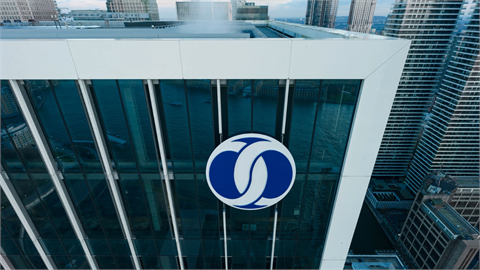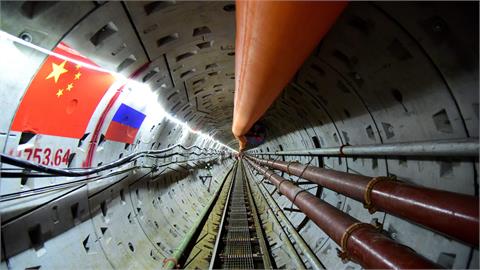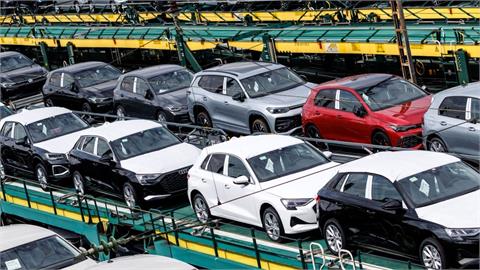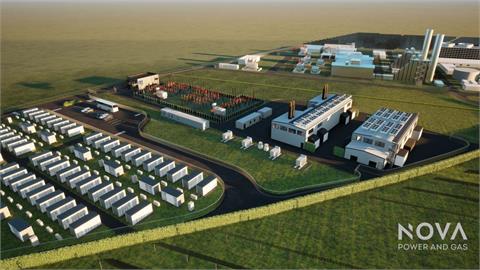The Romanian capital market meets all the criteria necessary to be
promoted to emerging market status, except for liquidity, according to a
recent assessment by FTSE Russell, the Bucharest Stock Exchange (BVB)
announced on Tuesday, March 29.
FTSE Russell’s March 2016
assessment emphasized that the Bucharest Stock Exchange has also met the
criterion related to transaction costs, which requires implicit and
explicit costs to be reasonable and competitive.
"Thus, Bucharest
Stock Exchange meets eight out of nine criteria required to be
classified as emerging market (FTSE-Secondary Emerging),” reads a BVB
statement.
The local capital market thus only needs more
liquidity, which translates into a larger number of big companies in
terms of market capitalization and number of shares available for
trading, with higher transaction values.
"This accomplishment has
been rendered possible thanks to the existence of a program for the
modernization of the Romanian capital market. This program has been
launched in late 2013 and generated several results, produced by the
Bucharest Stock Exchange, Central Depository, Financial Supervisory
Authority and other institutions, including governmental bodies, and the
Romanian Parliament,” said Ludwik Sobolewski, Bucharest Stock Exchange
CEO.
However, in order to meet the liquidity criterion, the
Bucharest Stock Exchange needs to convince more big state-owned and
private companies to list their shares on the capital market. BVB had no
big listing in 2015 after the initial public offerings (IPOs) carried
out by gas producer Romgaz, in 2013, and electricity distributor
Electrica, in 2014. Moreover, no big private company has been listed on
the local capital market for over 7 years.
"What is still needed,
is a state-led program for the privatization of the economy through the
capital market. This is also instrumental for achieving goals relating
to the quality of corporate governance of state-owned companies and to
the enhancement of their productivity – indeed hot topics in Romania
today,” Sobolewski said.
"Some time ago Romania saw insulated
privatization-like transactions, but never a well-thought and concrete
program in that matter, setting goals and deadlines, with resources
dedicated to the execution of the program. It would be advisable that
such a program contains an educational part, aimed at explaining why a
robust and well-developed capital market, supported by the state, is
beneficial for the well-being of Romanian citizens,” he added.
Every
six months, the FTSE Classification Committee meets for re-assessment
of capital markets. If a market meets all the criteria, it enters on a
short list to be promoted to a higher category. Besides FTSE Russell,
three other widely recognized international institutions – MCSI (USA),
S&P Dow Jones (USA) and STOXX (Switzerland) – are currently rating
the Romanian capital market. The criteria to be met and analysis process
are relatively similar and relate mainly to the value of transactions
and size of listed companies, as well as the fast access to the capital
market for investors and how they can buy and sell shares.
Romania’s
inclusion on the watch list of any of these institutions to be
considered for emerging market status is a strategic objective of the
Bucharest Stock Exchange as it would bring more international visibility
and, possibly, more foreign investments to the local market.
However,
the Bucharest Stock Exchange has been struggling due to the low
liquidity. In the first three months of this year, the average daily
trading volume on the local market has been under EUR 6 million, down
from EUR 7.9 million, in 2015 (full year), and EUR 11.7 million, in
2014.
(romania-insider.com)
Related content
Monday, 22 December 2025
Monday, 22 December 2025
Wednesday, 17 December 2025
Wednesday, 17 December 2025



